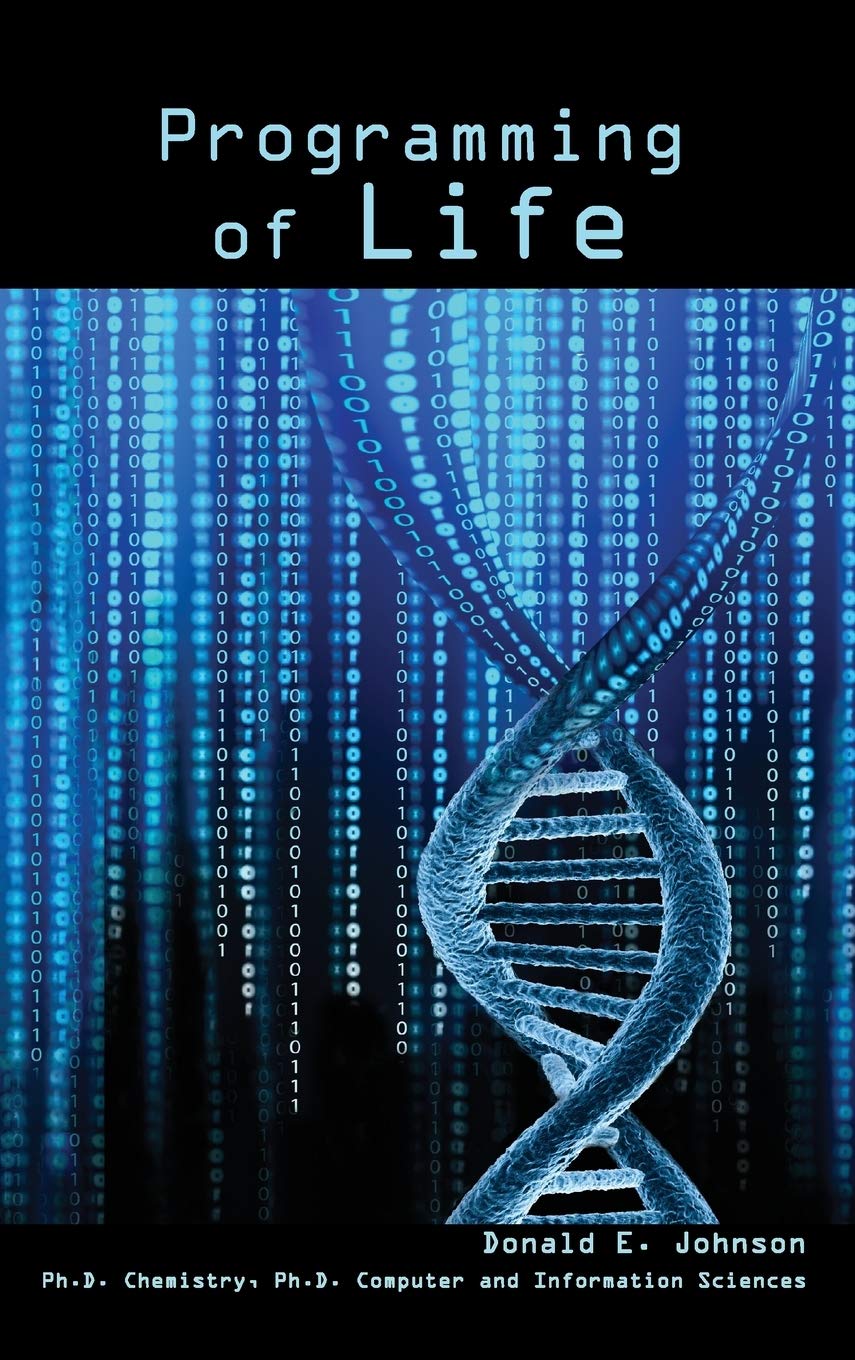Anybody studying biology today is aware that proteins form the molecular machines that keep the cells of our bodies healthy. But how many students are told that these proteins are actually beautiful?
Imagine a scene which could be taking place right now in your body. A killer T cell (a kind of white blood cell) has detected that a virus has invaded a cell in your body. The killer T cell squeezes right up close to the cell in question. Then the killer T cell forms a tiny but beautiful vase like structure. The vase consists of three large protein molecules attached end to end together. Then twenty of these composites are attached side by side in a circular formation to make an elaborate vase with 20-fold symmetry. But this vase is not just pretty, it has a purpose. There is a large, very specifically sized opening all the way through the vase, from top to bottom. The vase projects through the killer T cell’s enclosing membrane, across any intervening space and through the membrane of the cell containing the virus. The vase is called “perforin” since it perforates the membranes of these cells. Then the killer T cell releases a protein-dissolving granule into the other cell. The pore in the perforin vase must be of the correct size to allow this chemical weapon to enter the target cell. The infected host cell now duly disintegrates and along with it, the invading virus. Whew! That is one less virus infection to worry about. It is to be hoped that the killer T cells catch most or all of your cells infected by this virus. (Nature on line October 31, 2010)
Another study (Nature on line November 4, 2010) discussed how tiny changes in the structure of a protein called HLA-B, enable 1 out of 300 people with HIV to control the virus rather than succumb to its effects. Apparently just four modifications out of hundreds of component parts in the protein, enable these people to stay healthy. What happens is this. The HLA-B protein grabs fragments of the HIV virus and carries them to the cell membrane, sticking them on the outside where they act like flags to call in the killer T cells and you know what the killer T cells do.
Obviously it is not only the beauty, but the precise way in which the proteins are constructed, which amazes biologists today. Proteins are formed when certain small molecules, called amino acids, are strung end to end like beads on a string. At first we just have a long ungainly strand. Left to its own devices, this strand would most likely collapse into a useless clump called amyloid. Thus a commentator remarked in an article entitled The Dark Side of Proteins: “The amyloid state is more like the default state of a protein, and in the absence of specific protective mechanisms, many of our proteins could fall into it.” (April 8, 2010 p. 828). This, of course, is not what usually happens in our bodies.
While the proteins start as long chains of amino acids, most of them fold up by means of a precise order of events, into complicated three dimensional shapes. But how does this come about when the default position is the nasty amyloids? The author of this news features points out that: “Most modern proteins fold into globular structures. But their folding patterns are so complex that they couldn’t have evolved by accident.” (p. 829) He points out that randomly assembled strings of amino acids would almost never fold into a stable shape. One must have a suitable order of amino acid. (Think design.)
Even if the string of amino acids were ever so carefully chosen and assembled, the protein under construction still needs special hardware, provided by the living cell, in order to collapse the strand into the correct 3-dimensional shape. Thus the commentator in Nature declares: “When proteins are first synthesized and start to fold, ‘chaperone’ proteins and related molecules are there to guard against amyloid formation.” (p. 829) These ‘chaperones’ are structures in the cell which are essential for the survival of all proper-functioning in cells. The chaperone makes sure that the protein folds correctly.
Scientists would love to discover all the ways that strings of amino acids could potentially fold and the ways in which they actually do fold. The Protein Structure Initiative was set up in 2000 to seek a complete understanding of the elaborate protein folds. Using fancy techniques, this centre, based in Bethesda, Maryland seeks to map the “protein universe”, or all the ways that a protein can fold. Critics claim that in the past 10 years, this laboratory has studied mainly easier proteins, of little biological significance. Thus of the 5000 protein structures for which the folds have been mapped, only 128 are human proteins. Human proteins, for their part, tend to be larger and more difficult to work with than microbial proteins. The interest in mapping the human proteins, of course, is to develop suitable drugs against various diseases.
Other scientists are using the world’s fastest supercomputers to simulate all the possible ways that a given protein could fold. The idea is to use massive computing power to discover correct folding patterns in proteins. But the difficulties are huge. “The number of possible configurations of atoms in larger molecules, over time and in three dimensions, is astronomical. If these kinds of simulation could be sped up 1,000-fold, which even then could take a month of computing time, the pay-off could be high. They might, for instance, reveal binding sites for new drugs to tackle a wide range of medical problems.” (Nature January 17, 2008 P. 241). So this approach might show promise if we had supercomputers 1000 times faster than today! That tells us something about the scope of the problem.
So here we are, faced with complex and beautiful proteins which our best technology and world wide teams of scientists have not even begun to understand. They can’t predict the shape a given order of amino acids will assume once it folds into a protein nor can they manipulate those strands to make the protein do something else. It is obvious that the living cell, made up of many different kinds of protein, is an absolute miracle! With so many folding options, how does a cell ever achieve a correctly folded protein? Few phenomena in nature demonstrate the absolute necessity for an intelligent designer as clearly as the wonders of protein construction.
Margaret Helder
June 2011
Subscribe to Dialogue







